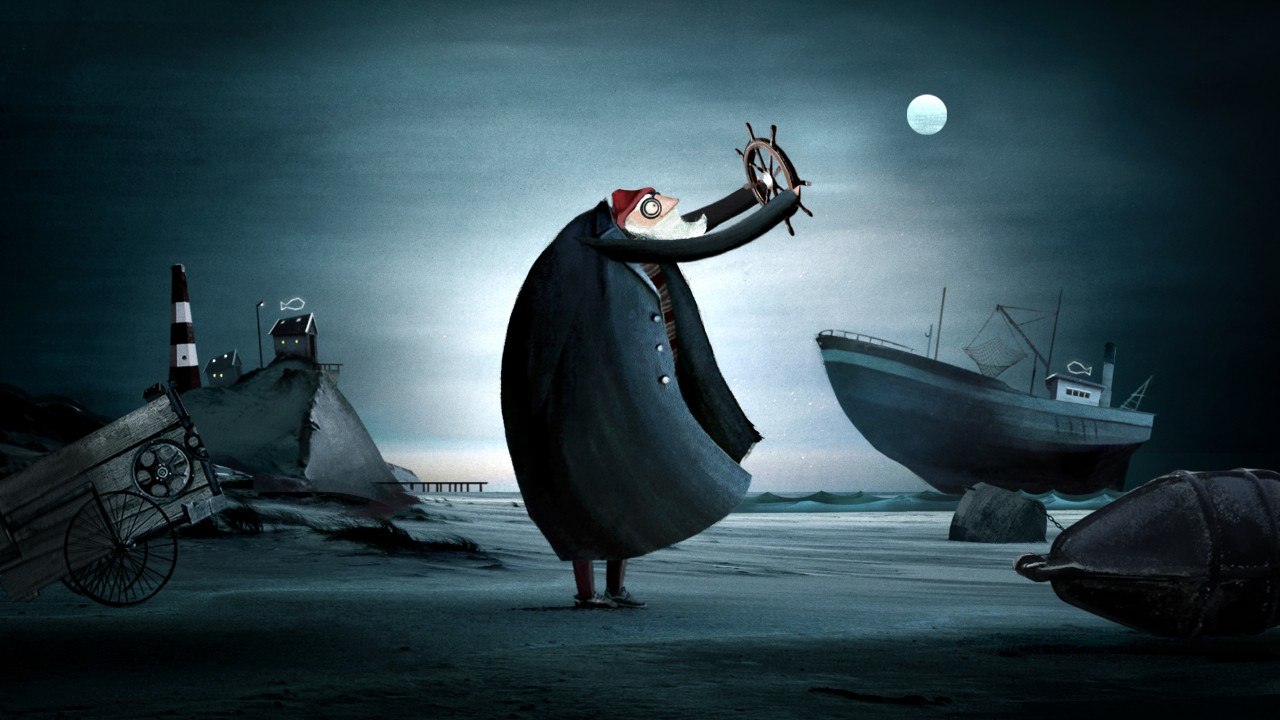Animation is a charming and dynamic art form that appeals to people of all ages. Although we know animation best from movies and TV shows, it’s actually an ancient art that dates back to ancient times. Today, we use animation to tell stories that captivate audiences.
Today, animation is also used in marketing and design. Many of the most labor-intensive aspects of animation have become much easier and faster as new technology has become available, making the medium an exciting new tool in these disciplines.
Interested to know more about how animation came to play so many roles in our culture? Here’s how it’s evolved over the years.
Table of Contents
An Introduction to Animation
At its simplest, the definition of animation is to make objects and art appear to move. Although early forms of animation were extremely rudimentary, the idea of this art form is to create the illusion of movement. Modern animation is a fairly recent phenomenon, however, gaining popularity in the 19th century.
Back in Victorian times, people began to test out early methods of animation, which were essentially flipbooks. Drawings with very slight differences were shown very quickly, making the human eye believe that the image was moving. These were mostly used in shows and parlors for entertainment. Some were made in the form of spinning disks and reels of photographs that could be flipped through and changed.
Animation was popularized with the rise of animated films, which first appeared in the early 20th century. Stop-motion techniques were also developed at this time. Early animators were not only experimenting with the medium itself but also sound and character ideas.
For decades, animated films were created using hand-drawn images. For full-length feature films, this required millions of sketches and hundreds of thousands of finished drawings. Disney revolutionized and dominated this medium until the industry began switching over to digital tools and 3-D animation.
Although 3-D animation is the standard today, some other forms are still used from time to time. Clay animation, stop-motion, and puppet-based animation are all used in movies and entertainment.
Animation and Its Use in Marketing
When animation had to be drawn by hand, its applications in marketing were limited to companies with large budgets. However, it did give us Mr. Clean in 1959 and countless other characters in television commercials during the latter half of the 20th century. Soon after animation became popular, marketers recognized its potential in advertising.
Animation provides another medium for storytelling, and these characters created by brands have become memorable and even beloved over the years. Breakfast cereal and candy companies, in particular, employed animated characters as spokesmen, catering to children and families and offering entertainment as well as promotional value.
The medium continues to offer a lot to marketers. It’s entertaining, unique, and creative. It grabs consumers’ attention and keeps a product top-of-mind. Today, advanced and accessible animation tools are opening up the possibilities for marketers who don’t have enormous budgets and resources.
Current and Future Animation Tools
Today, most animators don’t reach for a paper and pen when they sit down at their desks. Like most people, they sit down at their computer. Digital tools have taken over the world of animation because they offer versatility, creative options, finesse, and ease. Pen-and-ink drawings are incredibly charming and expressive, but they’re also time-consuming and have their limits.
Modern animation encompasses many different forms, including 2-D and 3-D animation, stop-motion, and motion graphics. There are so many different animation tools available that it can be overwhelming for those interested in learning how to animate or for marketers who want to use animation in their campaigns. The good news is that these tools offer a wide range of effects and styles, making animation an extremely versatile marketing technique.
How Animation is Used in Daily Life
Animation has become much more accessible, but it hasn’t lost its essence. It is still an extremely powerful way to reach people, entertain, sell, and educate. Creating animated characters that really connect with their intended audience can create incredible outcomes.
Aside from marketing, animation is used in daily life in several different ways. One important use of animation is in public education, especially for public health messages. Animated characters can bring life and interest to serious topics, making them more memorable and reaching more people.
Storytelling has always been key for connection. Whether it’s selling a product, distributing important information, or simply creating a film to entertain and inspire people, animation has made a lasting cultural impact.




